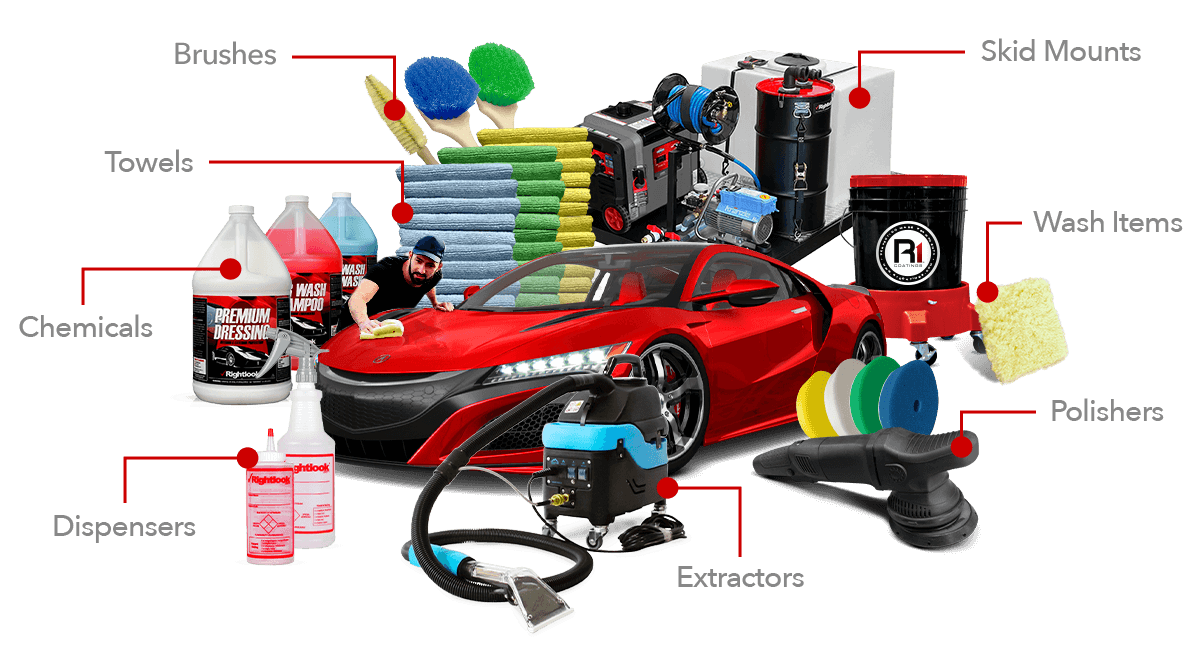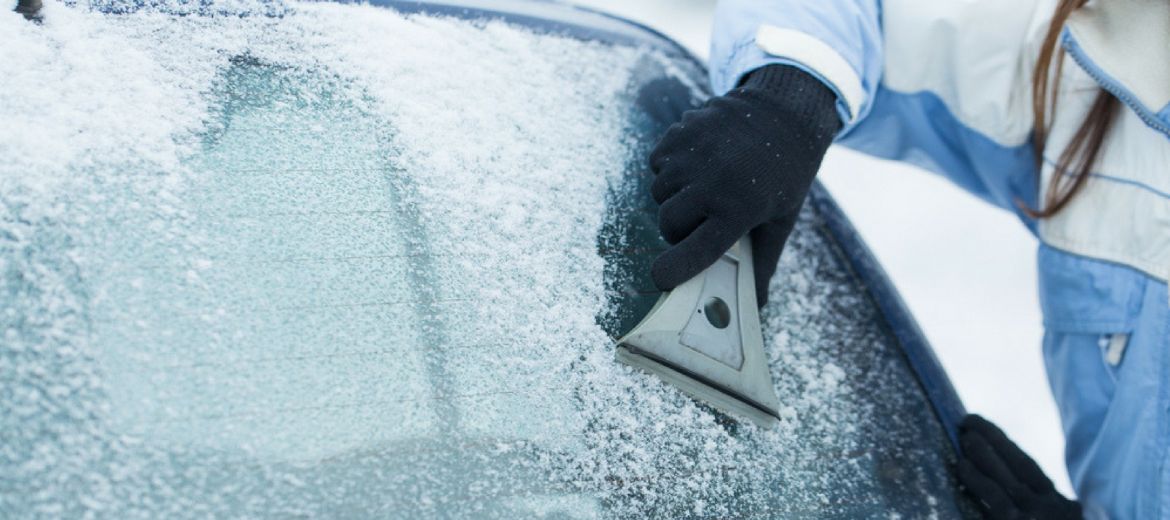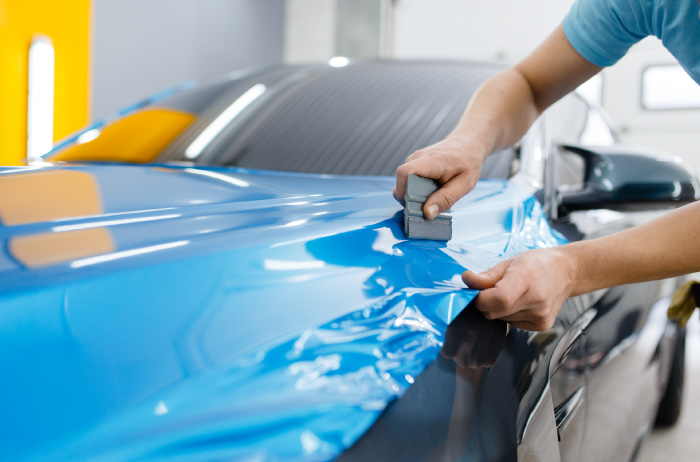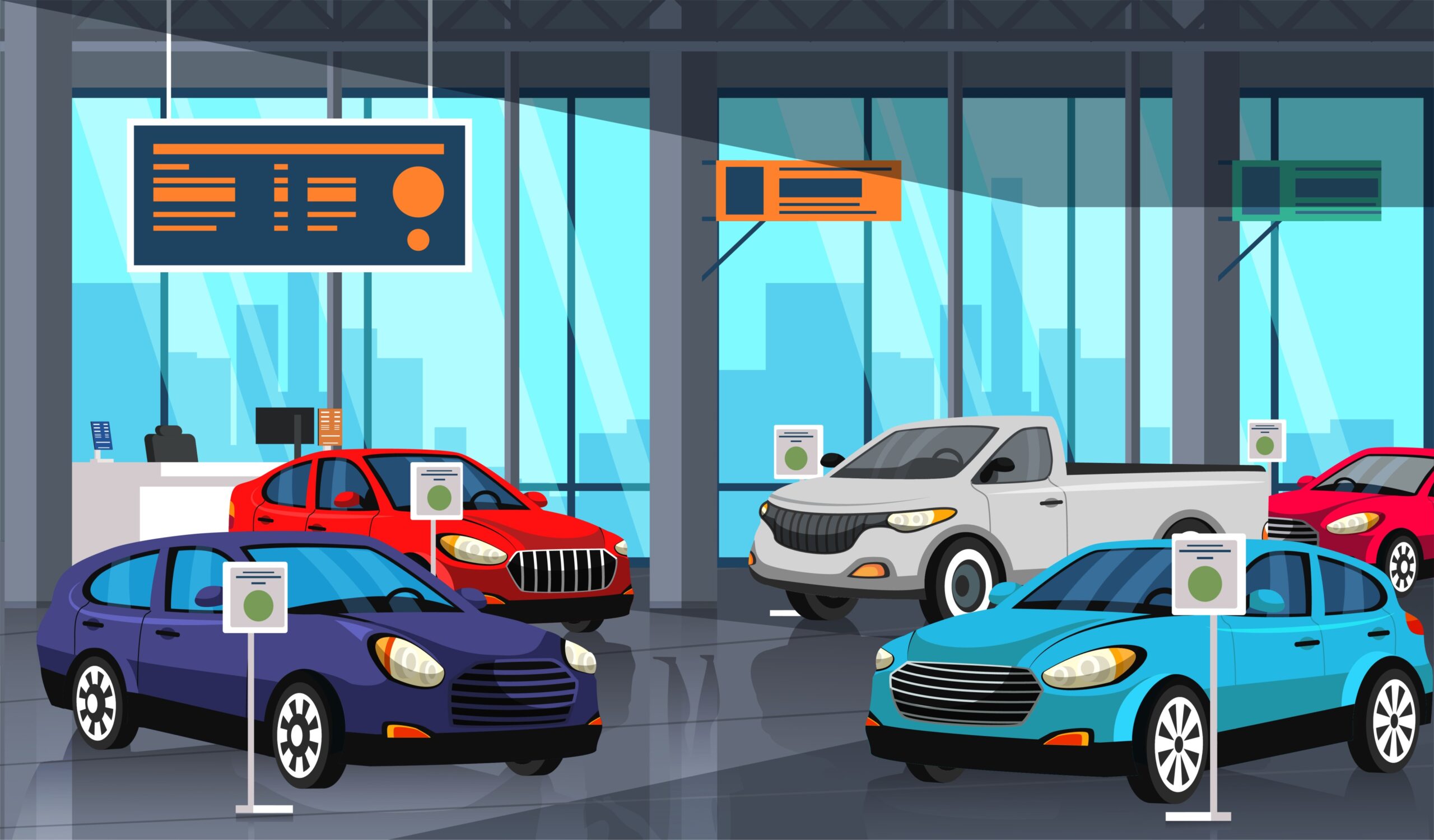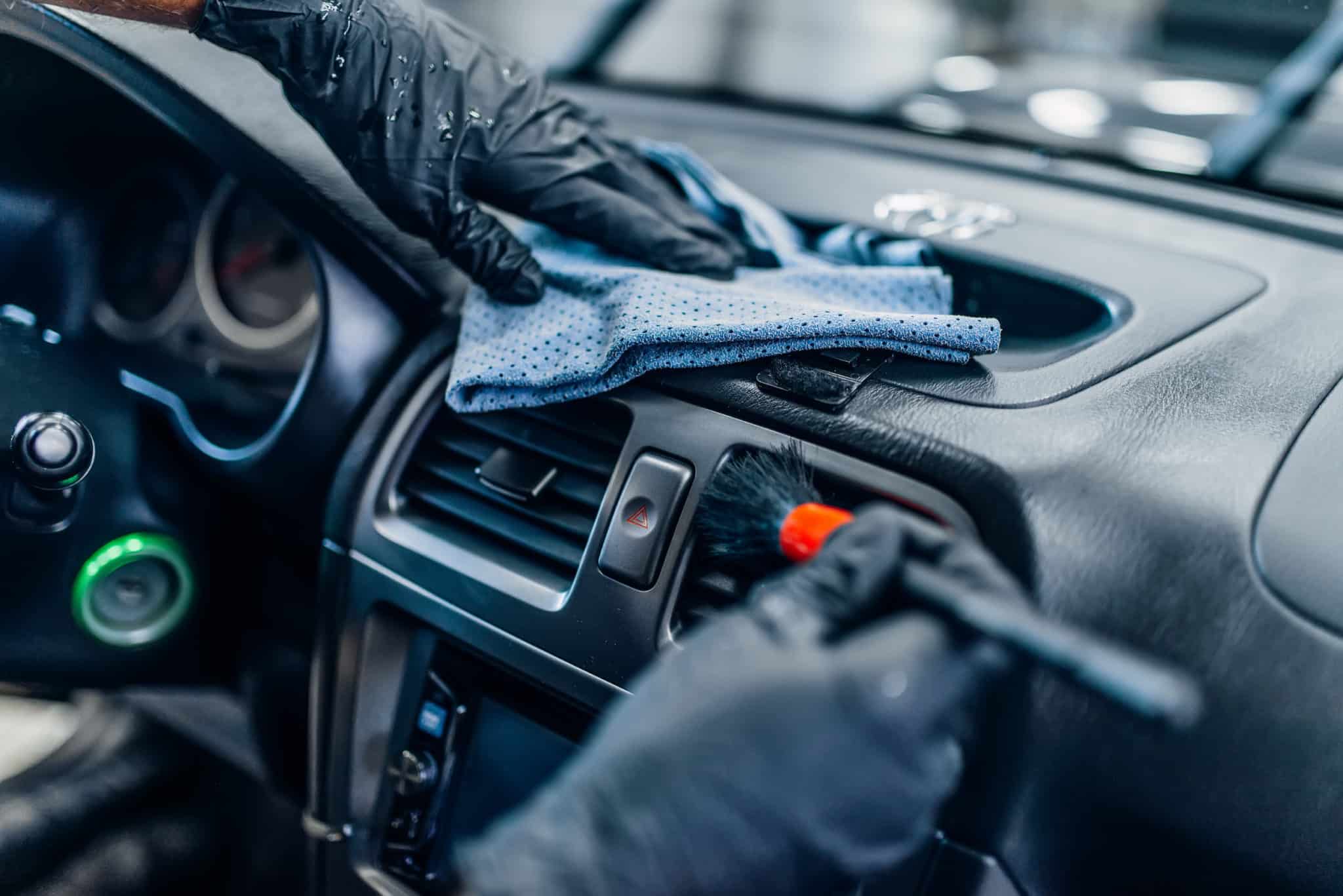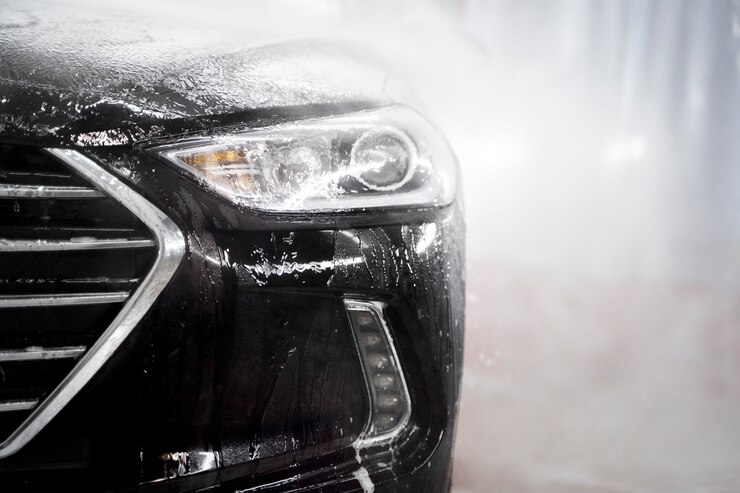Table of Contents
Introduction
Regular car maintenance and the timely replacement of spare parts are crucial aspects of vehicle ownership that ensure the safety, reliability, and longevity of the automobile. While the excitement of owning a car often revolves around its performance, aesthetics, and the freedom it provides, the less glamorous yet essential aspect of maintenance plays a pivotal role in sustaining these benefits. Ignoring routine check-ups and delaying the replacement of worn-out parts can lead to a cascade of problems, ranging from minor inconveniences to severe mechanical failures and safety hazards.

Overview of Regular Car Maintenance
Definition and Purpose
Regular car maintenance refers to the routine check-ups and servicing of various vehicle components to ensure optimal performance and longevity. This process includes inspecting, adjusting, and replacing parts as needed to keep the car running smoothly and safely. The primary purpose of regular car maintenance is to prevent potential problems, enhance the vehicle‘s efficiency, and maintain its overall health.
Benefits of Regular Maintenance
- Enhanced Safety: Regular maintenance ensures that critical safety components, such as brakes, tires, and lights, are in good working condition. This reduces the risk of accidents caused by mechanical failures.
- Improved Performance: Well-maintained vehicles operate more efficiently, providing better fuel economy, smoother rides, and optimal power output. Routine checks help keep the engine, transmission, and other vital systems running at their best.
- Longevity of the Vehicle: Regular maintenance helps identify and address minor issues before they escalate into major problems. This proactive approach extends the lifespan of the vehicle, allowing owners to enjoy their investment for a longer period.
Higher Resale Value: A well-maintained car is more attractive to potential buyers. Keeping detailed maintenance records can help demonstrate the vehicle’s reliability and care, leading to a higher resale value
Consequences of Neglecting Maintenance
- Increased Risk of Breakdowns: Ignoring regular maintenance increases the likelihood of unexpected breakdowns. Worn-out parts and unchecked systems can fail at any time, leaving drivers stranded and facing inconvenient and often expensive repairs.
- Safety Hazards: Neglecting maintenance can compromise the vehicle’s safety. For instance, worn brakes, underinflated tires, or faulty lights can lead to dangerous driving conditions and accidents.
- Decreased Performance and Efficiency: A poorly maintained vehicle will not perform at its best. Issues such as clogged filters, old spark plugs, and low fluid levels can reduce fuel efficiency, power output, and overall driving pleasure.
- Higher Repair Costs: Minor issues that go unchecked can develop into major, costly repairs. For example, ignoring a small coolant leak can result in engine overheating and significant engine damage, which is far more expensive to fix.
Essential Maintenance Tasks
Oil and Filter Changes
Oil is the lifeblood of an engine, providing necessary lubrication to reduce friction between moving parts, dissipate heat, and prevent wear. Over time, engine oil degrades and becomes contaminated with dirt and debris. Regular oil changes, along with replacing the oil filter, ensure the engine remains well-lubricated and clean.
Tire Care (Rotation, Alignment, and Pressure Checks)
Proper tire maintenance is crucial for vehicle safety, fuel efficiency, and extending tire life
- Tire Rotation: Rotating tires every 5,000 to 7,500 miles ensures even wear, which prolongs tire life and maintains balanced handling.
- Alignment: Misaligned wheels can cause uneven tire wear, poor handling, and decreased fuel efficiency. Wheel alignment should be checked annually or whenever the vehicle exhibits signs of misalignment, such as pulling to one side.
- Pressure Checks: Maintaining correct tire pressure ensures optimal contact with the road, improving fuel efficiency, handling, and tire longevity. Tire pressure should be checked monthly and before long trips.
Brake System Inspections
Brakes are a critical safety component, and their regular inspection is vital. Brake pads, rotors, and brake fluid should be checked periodically.
- Brake Pads and Rotors: Worn brake pads should be replaced to prevent damage to the rotors and ensure effective braking. Rotors should be inspected for wear and resurfaced or replaced as needed.
- Brake Fluid: Brake fluid absorbs moisture over time, reducing its effectiveness. Regular checks and replacement (usually every 2 years) maintain braking performance.
Fluid Checks and Top-Ups (Coolant, Transmission, Brake Fluid, etc.)
Various fluids play essential roles in vehicle operation, and their levels and conditions should be regularly monitored
Battery Maintenance
A well-maintained battery ensures reliable engine starts and powers the vehicle’s electrical systems. Regular checks for corrosion on terminals, ensuring a secure connection, and testing the battery’s charge level are important. Most batteries last 3 to 5 years, and signs of a weak battery, such as slow engine cranking, indicate it may need replacement.
Air Filter Replacements
Air filters prevent dirt and debris from entering the engine, ensuring optimal air-fuel mixture and engine performance. A clogged air filter can reduce fuel efficiency and engine power. It should be checked during oil changes and replaced every 12,000 to 15,000 miles or as recommended by the manufacturer.
Timing Belt and Serpentine Belt Checks
- Timing Belt: Coordinates the engine’s camshaft and crankshaft to ensure valves open and close at the correct times. A worn timing belt can cause engine failure. It should be inspected regularly and replaced according to the manufacturer’s schedule, usually every 60,000 to 100,000 miles.
- Serpentine Belt: Drives multiple peripheral devices such as the alternator, power steering pump, and air conditioning compressor. A worn serpentine belt can cause accessory failure. It should be inspected for cracks and wear and replaced every 50,000 to 100,000 miles.
The Importance of Regular Car Maintenance and Spare Parts Replacement
Introduction
Regular car maintenance and timely replacement of spare parts are crucial aspects of vehicle ownership that ensure safety, reliability, and longevity of the automobile. While the excitement of owning a car often revolves around its performance, aesthetics, and the freedom it provides, the less glamorous yet essential aspect of maintenance plays a pivotal role in sustaining these benefits. Ignoring routine check-ups and delaying the replacement of worn-out parts can lead to a cascade of problems, ranging from minor inconveniences to severe mechanical failures and safety hazards.
Overview of Regular Car Maintenance
Definition and Purpose
Regular car maintenance refers to the routine check-ups and servicing of various vehicle components to ensure optimal performance and longevity. This process includes inspecting, adjusting, and replacing parts as needed to keep the car running smoothly and safely. The primary purpose of regular car maintenance is to prevent potential problems, enhance the vehicle’s efficiency, and maintain its overall health.
Benefits of Regular Maintenance
- Enhanced Safety: Regular maintenance ensures that critical safety components, such as brakes, tires, and lights, are in good working condition. This reduces the risk of accidents caused by mechanical failures.
- Improved Performance: Well-maintained vehicles operate more efficiently, providing better fuel economy, smoother rides, and optimal power output. Routine checks help keep the engine, transmission, and other vital systems running at their best.
- Longevity of the Vehicle: Regular maintenance helps identify and address minor issues before they escalate into major problems. This proactive approach extends the lifespan of the vehicle, allowing owners to enjoy their investment for a longer period.
- Higher Resale Value: A well-maintained car is more attractive to potential buyers. Keeping detailed maintenance records can help demonstrate the vehicle’s reliability and care, leading to a higher resale value.
Consequences of Neglecting Maintenance
- Increased Risk of Breakdowns: Ignoring regular maintenance increases the likelihood of unexpected breakdowns. Worn-out parts and unchecked systems can fail at any time, leaving drivers stranded and facing inconvenient and often expensive repairs.
- Safety Hazards: Neglecting maintenance can compromise the vehicle’s safety. For instance, worn brakes, underinflated tires, or faulty lights can lead to dangerous driving conditions and accidents.
- Decreased Performance and Efficiency: A poorly maintained vehicle will not perform at its best. Issues such as clogged filters, old spark plugs, and low fluid levels can reduce fuel efficiency, power output, and overall driving pleasure.
- Higher Repair Costs: Minor issues that go unchecked can develop into major, costly repairs. For example, ignoring a small coolant leak can result in engine overheating and significant engine damage, which is far more expensive to fix.
Essential Maintenance Tasks
Oil and Filter Changes
Oil is the lifeblood of an engine, providing necessary lubrication to reduce friction between moving parts, dissipate heat, and prevent wear. Over time, engine oil degrades and becomes contaminated with dirt and debris. Regular oil changes, along with replacing the oil filter, ensure the engine remains well-lubricated and clean.
Tire Care (Rotation, Alignment, and Pressure Checks)
Proper tire maintenance is crucial for vehicle safety, fuel efficiency, and extending tire life.
- Tire Rotation: Rotating tires every 5,000 to 7,500 miles ensures even wear, which prolongs tire life and maintains balanced handling.
- Alignment: Misaligned wheels can cause uneven tire wear, poor handling, and decreased fuel efficiency. Wheel alignment should be checked annually or whenever the vehicle exhibits signs of misalignment, such as pulling to one side.
- Pressure Checks: Maintaining correct tire pressure ensures optimal contact with the road, improving fuel efficiency, handling, and tire longevity. Tire pressure should be checked monthly and before long trips.
Brake System Inspections
Brakes are a critical safety component, and their regular inspection is vital. Brake pads, rotors, and brake fluid should be checked periodically.
- Brake Pads and Rotors: Worn brake pads should be replaced to prevent damage to the rotors and ensure effective braking. Rotors should be inspected for wear and resurfaced or replaced as needed.
- Brake Fluid: Brake fluid absorbs moisture over time, reducing its effectiveness. Regular checks and replacement (usually every 2 years) maintain braking performance.
Fluid Checks and Top-Ups (Coolant, Transmission, Brake Fluid, etc.)
Various fluids play essential roles in vehicle operation, and their levels and conditions should be regularly monitored.
- Coolant: Maintains engine temperature and prevents overheating. Check coolant levels regularly and replace it as per the manufacturer’s recommendation, usually every 30,000 to 50,000 miles.
- Transmission Fluid: Ensures smooth gear shifts and lubricates transmission components. It should be checked monthly and replaced according to the vehicle’s maintenance schedule, often every 30,000 to 60,000 miles.
- Brake Fluid: As mentioned earlier, it should be checked regularly and replaced every 2 years.
Battery Maintenance
A well-maintained battery ensures reliable engine starts and powers the vehicle’s electrical systems. Regular checks for corrosion on terminals, ensuring a secure connection, and testing the battery’s charge level are important. Most batteries last 3 to 5 years, and signs of a weak battery, such as slow engine cranking, indicate it may need replacement.
Air Filter Replacements
Air filters prevent dirt and debris from entering the engine, ensuring optimal air-fuel mixture and engine performance. A clogged air filter can reduce fuel efficiency and engine power. It should be checked during oil changes and replaced every 12,000 to 15,000 miles or as recommended by the manufacturer.
Timing Belt and Serpentine Belt Checks
- Timing Belt: Coordinates the engine’s camshaft and crankshaft to ensure valves open and close at the correct times. A worn timing belt can cause engine failure. It should be inspected regularly and replaced according to the manufacturer’s schedule, usually every 60,000 to 100,000 miles.
- Serpentine Belt: Drives multiple peripheral devices such as the alternator, power steering pump, and air conditioning compressor. A worn serpentine belt can cause accessory failure. It should be inspected for cracks and wear and replaced every 50,000 to 100,000 miles.
Spare Parts Replacement
Importance of Using Quality Spare Parts
Using high-quality spare parts is essential for maintaining the performance, reliability, and safety of a vehicle.
- Performance and Reliability: Quality parts are designed to meet or exceed the original equipment manufacturer (OEM) specifications, ensuring optimal performance and longevity. They are less likely to fail prematurely, reducing the risk of breakdowns and costly repairs.
- Safety: Components such as brakes, tires, and steering parts directly impact vehicle safety. High-quality parts undergo rigorous testing to meet safety standards, providing better control, braking efficiency, and overall safety for drivers and passengers.
- Compatibility and Fit: OEM or quality aftermarket parts are designed to fit seamlessly with the vehicle’s existing systems, minimizing installation issues and ensuring proper functionality.
Common Spare Parts That Need Regular Replacement
- Brake Pads and Rotors: Brake pads wear down over time due to friction, and rotors can become warped or worn. Regular inspection and timely replacement maintain braking performance and safety.
- Tires: Tires wear out gradually due to friction with the road surface and should be replaced when tread depth reaches the minimum legal limit (typically 2/32 inch) or when signs of wear, such as cracks or bulges, appear. Properly inflated and balanced tires improve handling, fuel efficiency, and safety.
- Spark Plugs: Spark plugs ignite the air-fuel mixture in the engine cylinders. Over time, spark plugs can become fouled or worn, leading to misfires, poor fuel economy, and rough engine operation. Replacement intervals vary by vehicle and spark plug type.
Signs Indicating the Need for Part Replacements
- Brake Pads and Rotors: Squealing or grinding noises when braking, longer stopping distances, or a pulsating brake pedal.
- Tires: Tread wear indicators becoming visible, uneven tread wear, bulges, cracks, or vibrations while driving.
- Spark Plugs: Rough idling, difficulty starting the engine, decreased fuel efficiency, or engine misfires.
Economic Benefits
Cost Savings from Preventing Major Repairs
Regular maintenance helps identify and address minor issues before they escalate into major, costly repairs. For example, timely oil changes prevent engine wear and potential damage, while inspecting brakes can catch worn pads before they damage rotors. By investing in routine maintenance, car owners avoid the expense of extensive repairs and prolong the overall lifespan of their vehicle.
Enhanced Fuel Efficiency
Properly maintained vehicles operate more efficiently. Tasks such as regular oil changes, keeping tires properly inflated, and replacing clogged air filters improve fuel economy. Improved fuel efficiency not only saves money at the pump but also reduces the environmental impact of driving.
Improved Resale Value
Vehicles with documented regular maintenance tend to retain higher resale values. Potential buyers are willing to pay more for a car that has been well cared for, with fewer hidden issues and a longer expected lifespan. Maintenance records that show consistent upkeep can reassure buyers about the vehicle’s reliability and condition.
Environmental Impact
Reduced Emissions through Proper Maintenance
Regular maintenance contributes to lower emissions by ensuring that the engine operates efficiently. A well-tuned engine burns fuel more cleanly, reducing harmful emissions such as nitrogen oxides (NOx), carbon monoxide (CO), and hydrocarbons (HC). Tasks like replacing air filters and maintaining proper tire pressure also contribute to reducing the vehicle’s overall environmental footprint.
Eco-friendly Disposal and Recycling of Old Parts
When parts are replaced during maintenance or repairs, responsible disposal and recycling practices can minimize environmental impact. Recycling materials such as metals, plastics, and rubber from old parts reduces the demand for raw materials and lowers energy consumption compared to manufacturing new components from scratch. Proper disposal also prevents hazardous materials from entering the environment, contributing to overall environmental sustainability.
Maintenance Schedule
Importance of Following the Manufacturer’s Maintenance Schedule
The manufacturer’s maintenance schedule is designed based on extensive testing and engineering to ensure optimal performance, reliability, and safety of the vehicle. Following this schedule helps prevent premature wear and potential breakdowns by addressing issues before they become serious problems. It also maintains warranty validity in many cases, ensuring that the manufacturer’s obligations are met if issues arise.
Examples of Maintenance Intervals
- Oil and Filter Changes: Every 3,000 to 5,000 miles or as recommended.
- Tire Rotation: Every 5,000 to 7,500 miles.
- Brake Inspection: Every 10,000 to 20,000 miles.
- Fluid Checks and Top-ups: Periodically, depending on the fluid type (e.g., coolant every 30,000 to 50,000 miles).
- Air Filter Replacement: Every 12,000 to 15,000 miles.
- Timing Belt Replacement: Typically every 60,000 to 100,000 miles, depending on the manufacturer’s recommendation.
Technological Advances in Car Maintenance
Use of Diagnostic Tools
Advanced diagnostic tools, such as OBD-II scanners, enable technicians to quickly and accurately diagnose issues with the vehicle’s engine, transmission, and other systems. These tools provide real-time data and fault codes, helping to pinpoint problems more efficiently than traditional methods.
Maintenance Apps and Reminders
Mobile apps and digital platforms offer convenient ways for car owners to track maintenance schedules, receive reminders for upcoming service intervals, and access vehicle-specific information. Some apps can even connect directly to the vehicle’s onboard diagnostic system to provide real-time performance data and alerts.
Conclusion
Regular maintenance and timely part replacement are crucial for ensuring the safety, reliability, and longevity of your vehicle. By adhering to manufacturer-recommended schedules and using quality parts, you not only prevent costly repairs but also enhance fuel efficiency, improve resale value, and reduce emissions. Adopting a proactive approach to vehicle care not only saves money in the long run but also ensures that your car operates at its best, providing peace of mind and safety for you and your passengers.

